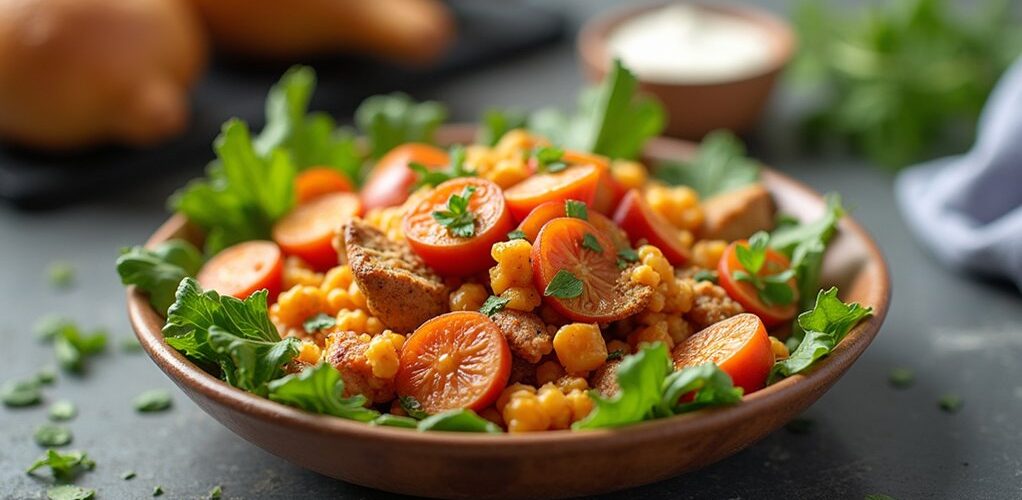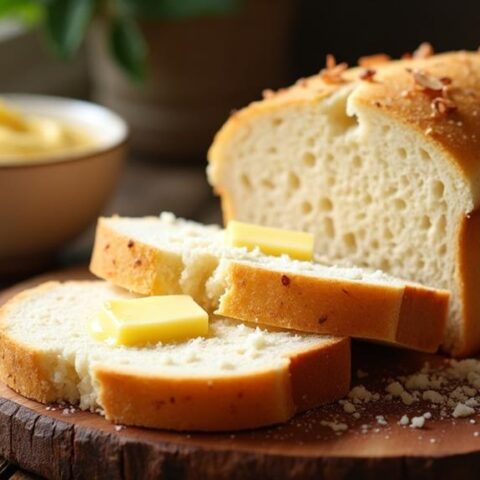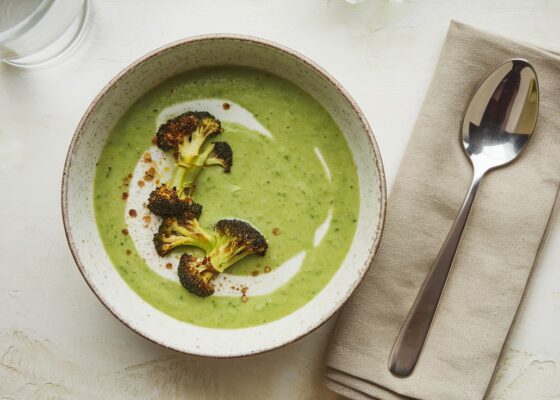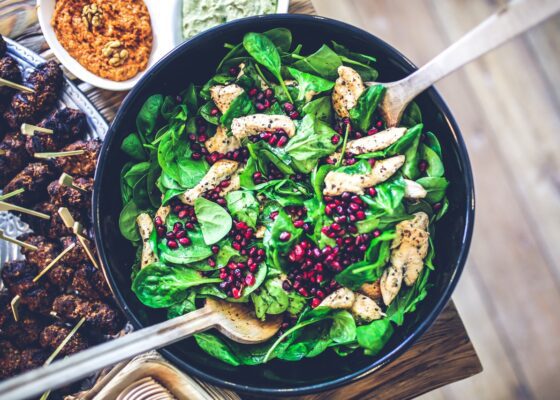
Buckwheat noodles, including soba, are not considered low-carb, containing approximately 21.44 grams of carbohydrates per 100-gram serving. While these noodles offer substantial nutritional benefits, including protein, fiber, and essential nutrients, their carb content exceeds typical low-carb diet restrictions. For those following ketogenic or low-carb eating plans, alternatives like shirataki noodles, zucchini spirals, or kelp noodles provide considerably lower carbohydrate options. Understanding the full nutritional profile helps make informed dietary choices.
Key Takeaways
- Buckwheat noodles contain 21.44 grams of carbohydrates per 100 grams, making them unsuitable for low-carb diets.
- Traditional soba noodles and buckwheat noodles are essentially the same thing, both being high in carbohydrates.
- Better low-carb alternatives include shirataki noodles, kelp noodles, and zucchini noodles, which contain fewer than 4 grams of carbs.
- Despite their high carb content, buckwheat noodles offer nutritional benefits like protein, fiber, and essential nutrients.
- Commercial buckwheat noodles often blend wheat flour with buckwheat, potentially increasing the carbohydrate content even further.
Understanding Buckwheat Noodles vs. Soba
Misconceptions about buckwheat noodles and soba often lead to confusion among health-conscious consumers. Despite being made primarily from nutrient-rich buckwheat flour, traditional noodles known as soba contain approximately 21.44 grams of carbohydrates per 100 grams, placing them firmly in the high in carbs category. While buckwheat and soba noodles are fundamentally the same product, some commercial varieties blend wheat flour with buckwheat, affecting both their nutritional content and gluten status. Non-starchy vegetables like cauliflower and broccoli are better for those following a low-carb diet, unlike high-carb options such as soba noodles. For those seeking low-carb alternatives to these traditional noodles, options like shirataki or kelp noodles provide considerably fewer carbohydrates. Understanding this distinction is vital for individuals monitoring their carbohydrate intake, as buckwheat noodles, despite their wholesome ingredients and nutritional benefits, are not suitable for low-carb dietary plans.
Breaking Down the Carb Content
When examining the carbohydrate profile of buckwheat noodles, careful analysis reveals their notable impact on daily carb intake. With 21.44g net carbs per 100g serving, these noodles present a challenge for those following restrictive eating plans like the keto diet, which typically limits carbohydrate consumption to 20-50g daily.
- Soba noodles contain substantial carbohydrates despite being lower in calories than wheat pasta.
- Traditional buckwheat noodles are not considered low in carbs.
- A single serving can exceed the daily carb allowance for ketogenic diets.
- Alternative options like shirataki noodles offer considerably lower carb content.
- The carb content in soba makes them unsuitable for strict low-carb eating plans.
- Keto dieters lose over twice the weight compared to low-calorie, low-fat diets, making adherence to carb limits crucial.
Despite their nutritional benefits, including essential amino acids, both soba and buckwheat noodles require careful portion control for those monitoring their carbohydrate intake.
Health Benefits and Nutritional Profile
While buckwheat noodles may present challenges for low-carb dieters, their nutritional profile offers compelling benefits that extend far beyond their carbohydrate content.
Made from buckwheat flour, these noodles deliver substantial protein content, providing 5-6 grams per serving to support muscle maintenance and growth. Their rich dietary fiber content aids digestion and promotes satiety, potentially supporting weight management goals.
As a naturally gluten-free option, buckwheat noodles present an excellent alternative for those with celiac disease or gluten sensitivity. The health benefits are further enhanced by essential nutrients, including manganese and thiamin, along with powerful antioxidants that contribute to overall wellness.
While carbs remain a consideration, the all-encompassing nutritional package of buckwheat noodles makes them a worthwhile addition to a balanced diet.
Best Low-Carb Cooking Methods
Despite their carbohydrate content, buckwheat noodles can be expertly prepared using specific cooking methods that maximize their nutritional benefits while minimizing their impact on a low-carb diet.
To enjoy soba noodles made from buckwheat while maintaining a low-carb lifestyle, consider these effective preparation techniques:
- Boil noodles until al dente (5-7 minutes) to maintain ideal texture and minimize water absorption
- Incorporate low-carb vegetables and proteins in quick stir-fries for balanced meals
- Serve cold in salads or with dipping sauces for rejuvenating summer options
- Add to broth-based soups for a satisfying, low-carb meal
- Practice portion control by serving smaller amounts alongside protein-rich ingredients
Adding low-carb ingredients such as leafy greens like spinach or kale can enhance the nutritional value of your meal while keeping carb counts low.
These cooking methods guarantee buckwheat noodles can be enjoyed thoughtfully while adhering to low-carb dietary goals.
Smart Alternatives and Substitutions
For those seeking to further reduce their carbohydrate intake beyond optimized cooking methods, several compelling alternatives to traditional buckwheat noodles exist in the current market.
While soba noodles are made with buckwheat flour and contain significant carbohydrates, shirataki noodles offer a dramatic reduction with less than 1 gram of net carbs per serving.
Health-conscious consumers need to know about versatile options like spaghetti squash, which provides just 7.8 grams of net carbs per serving, and zucchini noodles at 3 grams per cup.
These alternatives work well in traditional pasta dishes while maintaining a lower carbohydrate profile.
Kelp noodles present another innovative option, containing only 1 gram of carbs per 4-ounce serving, making them particularly suitable for strict low-carb dietary requirements.
Another excellent low-carb option is Palmini Pasta, made from hearts of palm, which offers approximately 4 grams of carbs per serving and is quick to prepare by simply rinsing and heating.
Frequently Asked Questions
Are Buckwheat Noodles Low-Carb?
Buckwheat noodles are not low-carb, containing 21.44g net carbs per 100g serving. While offering nutritional benefits and gluten-free options, their high carbohydrate content makes them unsuitable for low-carb dietary requirements.
Are Buckwheat Noodles the Same as Soba?
Buckwheat noodles and soba are fundamentally the same, though soba varieties specifically refer to Japanese buckwheat noodles. Traditional soba offers similar nutrition benefits, but some commercial versions contain wheat flour alongside buckwheat.
Can You Eat Buckwheat on a Low-Carb Diet?
Buckwheat offers health benefits but isn't suitable for strict low-carb diets due to high carbohydrate content. Those seeking gluten-free, nutrient-dense alternatives should consider shirataki noodles or spaghetti squash for weight management goals.
Which Noodles Are Lowest in Carbs?
Shirataki and miracle noodles contain less than 1g net carbs per serving, making them the lowest-carb alternatives. Kelp noodles, zucchini noodles, and spaghetti squash follow as healthy, low-carb options for restricted diets.
Conclusion
While buckwheat noodles offer impressive nutritional benefits, including essential minerals and antioxidants, they remain relatively high in carbohydrates. Health-conscious consumers can still enjoy them in moderation through portion control and mindful preparation methods. For those following strict low-carb diets, alternatives like shirataki noodles, zucchini spirals, or cabbage noodles provide viable options while maintaining similar textures and culinary applications in Asian-inspired dishes.








No Comments